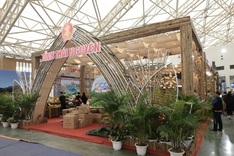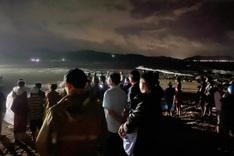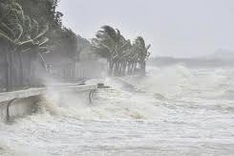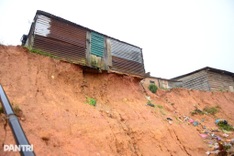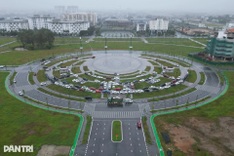The burning of rice stubble has been a regular occurrence throughout the capital's suburban areas despite warnings that its smoke could harm residents and the environment.
 |
| A farmer in Dong Anh District's Kim Chung Commune burns rice stubble, creating fumes which are said to be harmful to both humans and the environment. |
According to Professor Nguyen Lan Dung, vice chairman of the Viet Nam Microbiology Association, burning stubble emits gases such as carbon monoxide, carbon dioxide (responsible for the greenhouse effect), nitrous oxide and sulphur dioxide, all extremely harmful to human health.
The smoke can cause allergic reactions, coughing, sneezing and choking.
Dung said that burning stubble during the day is more hazardous, since it could affect the vision of motorists via dense smoke and toxic fumes trapped at ground level by the sun's heat.
"Though everyone knows that stubble contains mostly organic components which, if ploughed back into soil, could enrich land, few people would do it nowadays due to its time-consuming and labour intensive nature," Dung added.
Tong Quang Hoan, a farmer from Hanoi's Chuong My District, said that selling the ash from stubble burning was very profitable.
"I can make around VND100,000 ($4.6) per sack a day. Last month, I earned VND10 million ($476) from the practice," he added.
Hoan's customers mostly include those who want to fertilise their plants, flowers or make incense sticks.
He noted that local authorities had not required farmers to stop the practice.
Professor Dung said that in fact, while ash only contained few minerals such as Phosphorus, potassium and Calcium, burning stubble proved to be quick, easy and cost-effective.
To make use of discarded stubble, the Hanoi Agricultural Extension Centre has trialed two models in turning stubble into fertiliser for mushroom cultivation.
According to Le Van Tri, general director of Biotechnology JSC, processing stubble into manure or biological products was easy. He added that one tonne of dry stubble could produce between 600 – 700kgs of organic fertiliser.
Farmer Nguyen Thi Loan and Hanoi City's Tan Hung said that using composted fertiliser made from rice stubble was much cheaper than chemical fertilisers in addition to causing no land degradation.
One tonne of composted rice stubble is capable of producing 120kgs of mushrooms, which in turn, sell for VND50,000 ($2.4) per kilogramme. This means people could earn VND6 million ($286) per tonne of stubble, a profit of VND3 million ($143).
Dao Duy Tam, deputy director of the Haoi Department of Agriculture and Rural Development, hailed the pilot project as a success and a viable alternative to burning.


